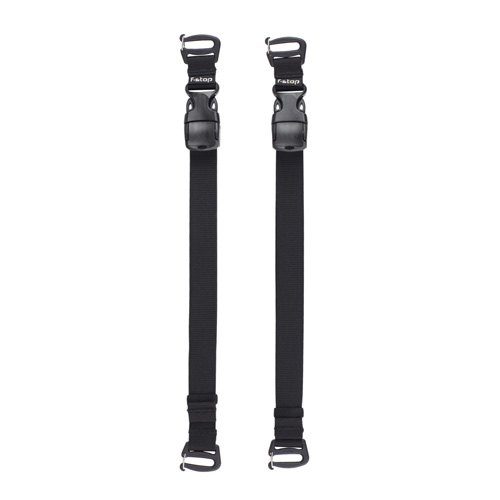

reflection Photos with christina tan
1. find a reflective surface
Some of the most beautiful reflections are found on the surface of water. Any bodies of water, including tiny puddles, are perfect for reflection photography.
In addition to water, you can find great reflections on any glass surfaces, shiny cars, on ice, or your own sunglasses

2. Find a unique structure
You can use pretty much anything as the subject, as long as it stands out and creates an interesting photo. Mountains, trees, bridges, and buildings are my favorites.

3. eliminate distractions
The best way to simplify reflection photos is to remove any distractions from the frame so that only the important parts of the image – namely the subject and the reflection – are left.

4. get close to the surface
One of the best things that you can do to really make your reflection photos stand out is getting really close to the reflective surface. Many of the photos I take are taken less than an inch from the surface of water. Yes, you have to go down very low. This allows you to position your subject with nothing but the sky in the background, put emphasis on the reflection, and create a symmetrical photo where the reflection extends towards the horizon.

5. emphasize symmetry
I am a big fan of symmetry. After all, most reflection photos show some degree of symmetry, and you can easily emphasize it to create a visually dramatic effect.

6. Take Long Exposure Photos
When there is movement in the water, but your reflection subjects are not moving, you can take amazing long exposure photos. For that you need a tripod and probably a ND filter. Long exposure photography allows you to create blurred and dreamy reflections as long as there is some movement in the water.

CHRISTINA'S GEAR
WHAT'S YOUR STORY?
"We Are f-stop" is for all f-stop users to share their stories from the field, from small daily adventures to epic travels. Contact us with your story on Facebook or drop us an email to [email protected] and let us know where your photography takes you and your f-stop pack!





